The .300 Blackout is one of the newest cartridges in the ammo world.
Developed in 2009, this cartridge was also the answer to the prowess and versatility of the Russian 7.62×39 AK-47 in an AR-15. Although it is fairly new, the .300 Blk has a large fanbase and for some very good reasons.
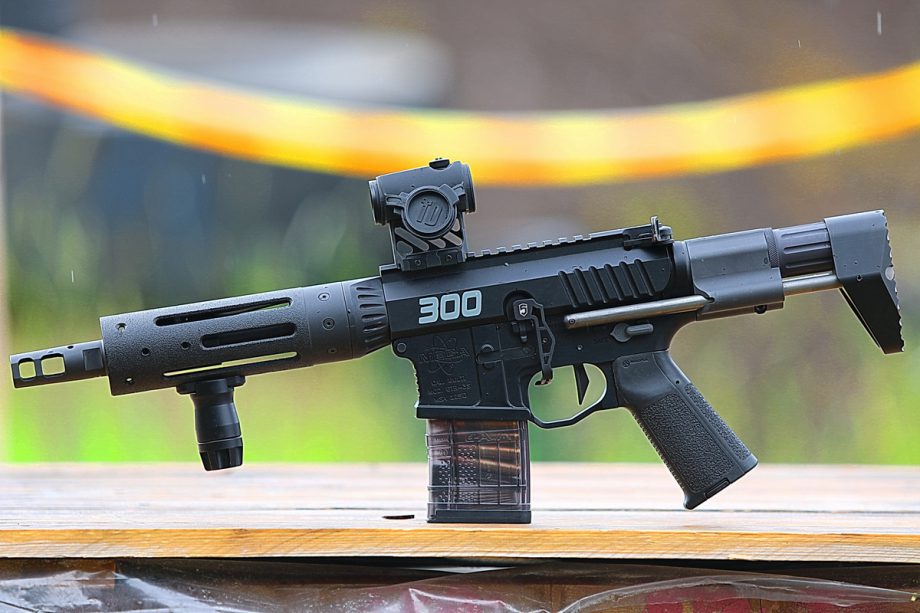
Let’s shed some light on this topic and meanwhile you can also check out this index below to jump over to a specific part.
A .300 Blackout Overview
A round that has gained widespread recognition among civilian firearm enthusiasts. Along with a couple of countries employing it in a limited capacity for their military forces. Let’s take a look at why this round was developed.
The 300 AAC Blackout is an intermediate cartridge developed by Advanced Armament Corporation in 2009. The cartridge was approved by SAAMI on January 17, 2011. It has since been available for sale on the market.
The .300 AAC Blackout or as we may call it .300 blk uses a .30 caliber projectile (.308 inches to be exact). The idea behind the development of this cartridge was to be able to attain some extra power in the M4 rifle without changing much of its design.
So AAC came up with a solution to fatten out the 5.56 case and shorten it a bit. Hence the resulting case held a bit more powder and fired a bullet at least twice to thrice as heavy as the normal 5.56 load. Additionally, .300 blk also operates at the same pressure as the 5.56.
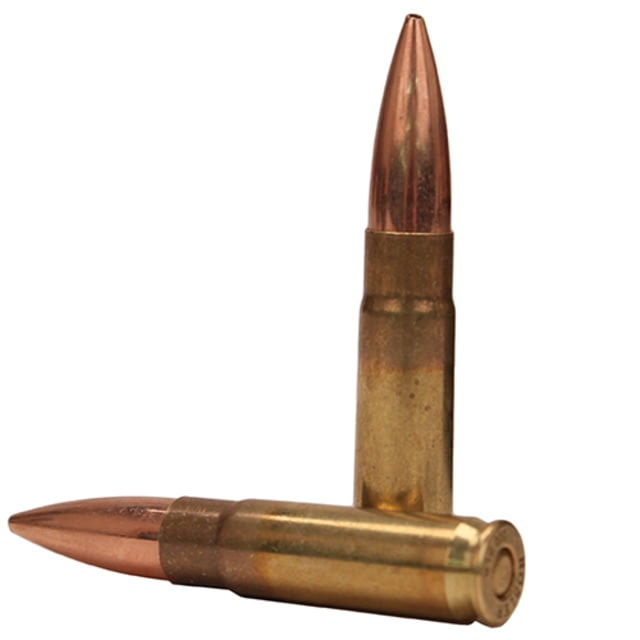
The .300 blk has its design inspired from the .300 Whisper— a cartridge developed by Wildcat Industries for use with suppressors. Due to this inspirational connection, the .300 blk has some very amazing performance traits with suppressors.
The .300 blk was intended to make the M4 a short and compact rifle with heavy punching power. These traits are exclusively wanted by the special forces.
This cartridge is available in a variety of bullet weights. These include 78 grain, 90 grain, 110 grain, 125 grain, and 220 grain. The weights for 5.56 range between 40 to 77 grains. So the .300 blk is a bulkier bullet, which also translated to heavier recoil and more ammo weight.
The fact that an M4 or AR-15 chambered in 5.56 can be instantly converted into a .300 blk with the simple change of the upper receiver (or just the barrel) makes it an amazing solution.
What the .300 Blackout Does Best
Despite being a fairly new cartridge, the .300 blk has found a respectable place in the AR-15 community. Used by many as a hunting, target shooting, and sometimes for plinking. This cartridge has a lot of potential for the coming years.
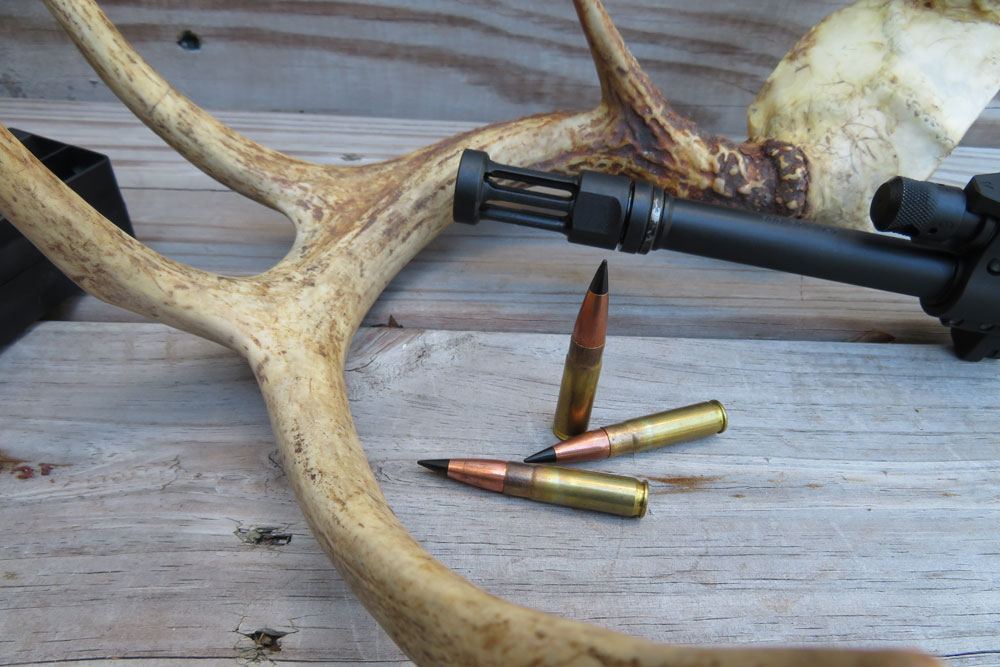
The .300 blk is a short-range hard-hitting alternative to the 5.56. The design of the .300 blk allows it to be fired effectively from a barrel as short as nine inches. Yes, that’s the maximum barrel length you’ll need for short-range shots from a rifle chambered in .300 blk.
Now how does this short barrel length help? The answer is that it allows you to add a suppressor. Which adds at least four inches to the overall length of the rifle. So even with a suppressor mounted on the muzzle, the rifle will still stay very maneuverable.
Just imagine adding a suppressor to a 16-inch barrel and bringing it to a combat zone. You get the idea, right?
The .300 blk is an amazing cartridge for hunting with the AR platform, especially when thick-skinned quarries like hogs are concerned. If you’re aiming at a critter under 300 yards, the .300 blk can handle most that roam the earth.
Another ideal use for this cartridge is CQB (Close Quarter Battles). It is a .30 caliber round with very manageable recoil and the ability to be used with suppressors. Meanwhile keeping the rifle short-barreled.
The .300 blk can work with both supersonic and subsonic loads. So the ammo can be refined and chosen depending upon the intended application.
I’ll also call it a suitable round for home defense. But only if you live in a house with thick walls. Since the penetration of a .300 blk and the resulting damage can be ferociously bad.
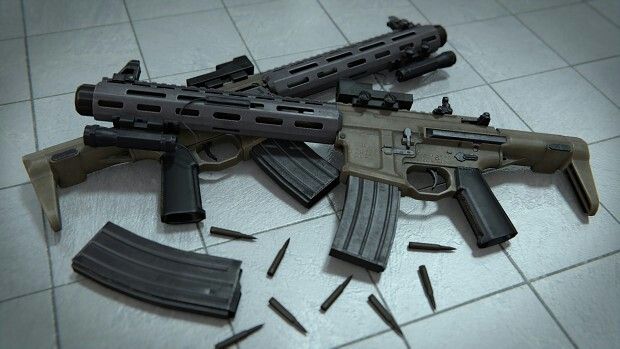
Where the .300 Blackout Falls Short
A very obvious question that’d arise in many heads reading this. If the .300 blk is so amazing, why isn’t it insanely popular? Well, .300 blk is a great development. But there are a few factors where it falls short. Sometimes, very short.
The .300 blk uses a heavy projectile, which limits its range to just 300 yards—somewhere close to the range of an AK-47 round (7.62×39 mm). So clearly, you cannot trust the .300 blk for long-range use as the drop beyond the 300-yard range is quite significant.
Another shortcoming of the .300 blk is the availability and price of ammo. Since this cartridge isn’t extensively used, a round will cost almost double compared to the 5.56 rounds. So if you’re just starting out with ARs, or have more interest in plinking or mag dumps. You’ll have to shed more weight from your wallet.
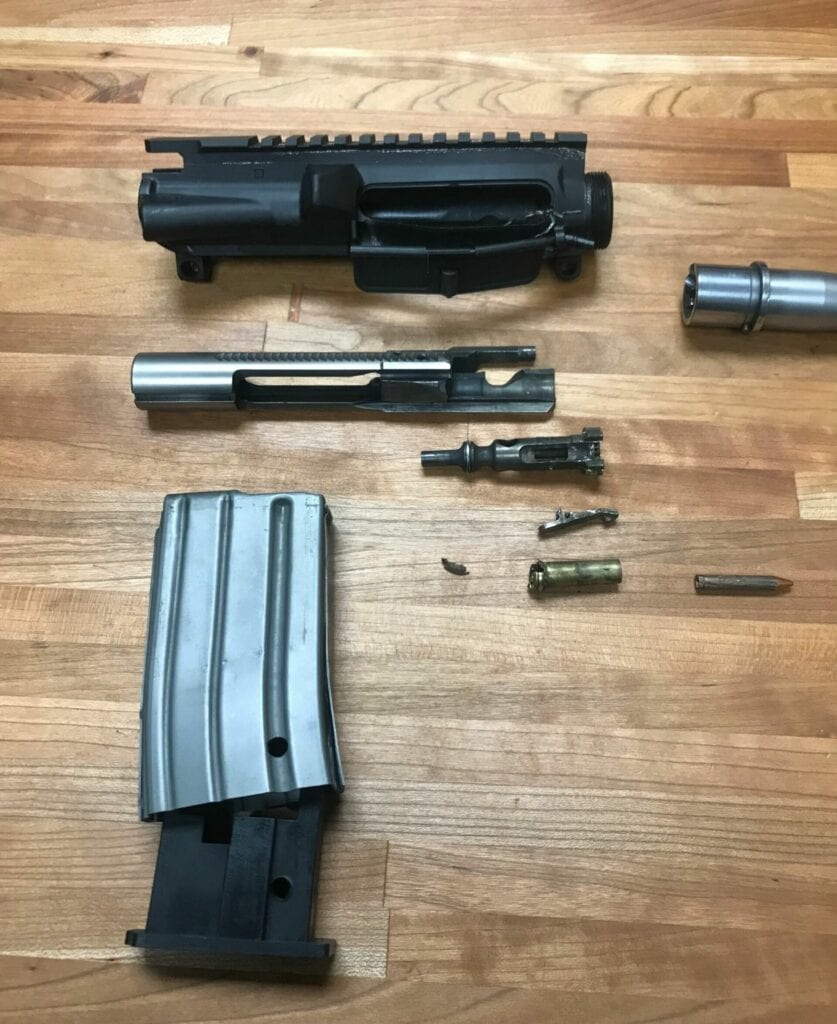
Looking at the pros of the .300 blk, it is already evident that there are a few other cartridges that can outperform it. Especially when caliber, size, and cost are concerned. Many people will pick up the 5.56, 6.8 SPC or 6.5 Grendel/Creedmoor any day. Especially the 6.5 Grendel/Creedmoor for its amazing long-range performance and almost similar pricing.
A slightly uncommon drawback of using the .300 blk is the mixing up of ammunition. Technically speaking, the swap from a 5.56 AR to a .300 blk only requires the change of the barrel. Everything else can remain the same.
Since the 5.56 mags can also hold .300 blk rounds in a slightly smaller capacity. Some people tend to use these mags interchangeably. Which can result in decimating accidents. Additionally, the .300 blk is only the right choice when SBR and suppressors are in question.
How to Take Advantage of the .300 Blackout
The .300 blk is an AR-supportive caliber. Designed to be used with the AR-15 platform. Rifles chambered in this caliber are wide open to customizations and modularity.
For those who already use an AR-15 chambered in 5.56, it is very unlikely to switch their rifles. However, if you’re just starting out with .300 blk or want a separate rifle chambered in this caliber. You may want to check out our detailed review of the best 300 blackout rifles.
Otherwise, if you are an application-specific user, such as a hunter, and want to get the most out of the caliber. A dedicated 300 blackout hunting rifle should be your pick.

For pro players out there who want to assemble individual parts and tune the rifle down to their minutest specifications. They are free to choose the best individual parts such as the .300 blk BCG, .300 blackout barrels, and much more.
Since the .300 blk can work with supersonic and subsonic ammo. It will be a great idea to use an adjustable 300 blackout gas system in your build.
Additionally, you should buy dedicated 300 blk mags for your rifle. Please do not rely upon the standard 5.56 mags and keep individual magazines marked for their caliber.
Since this caliber was designed for use in SBR’s with suppressors, conduct some thorough research when choosing 300 blackout pistols and suppressors to get the most out of it. Apart from all that, there are a ton of 300 blackout accessories out there to choose from. Thanks to the customizability and the size of the aftermarket for the AR-15 platform.
Conclusion
The .300 Blackout is an intermediate rifle cartridge that delivers the punch of a .30 caliber round in an AR platform. Converting a normal AR-15 chambered in 5.56 to a .300 blackout requires only the change of the upper receiver.
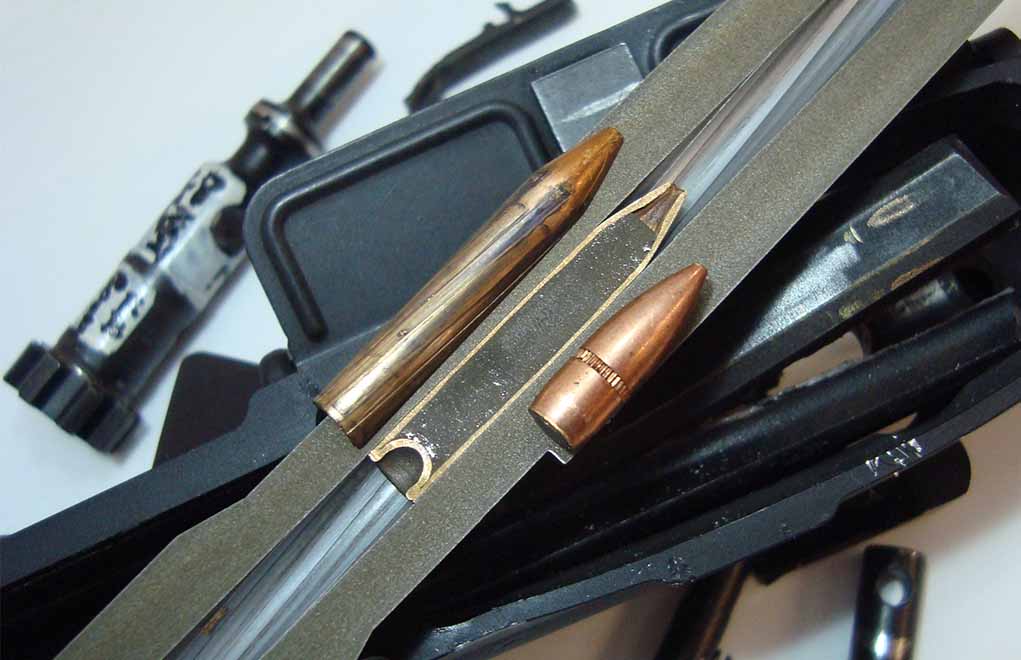
The .300 blk is great for use under 300 yards and works with supersonic and subsonic ammo. This is the AR caliber you’ll choose when you have an SBR mounted with a suppressor.


